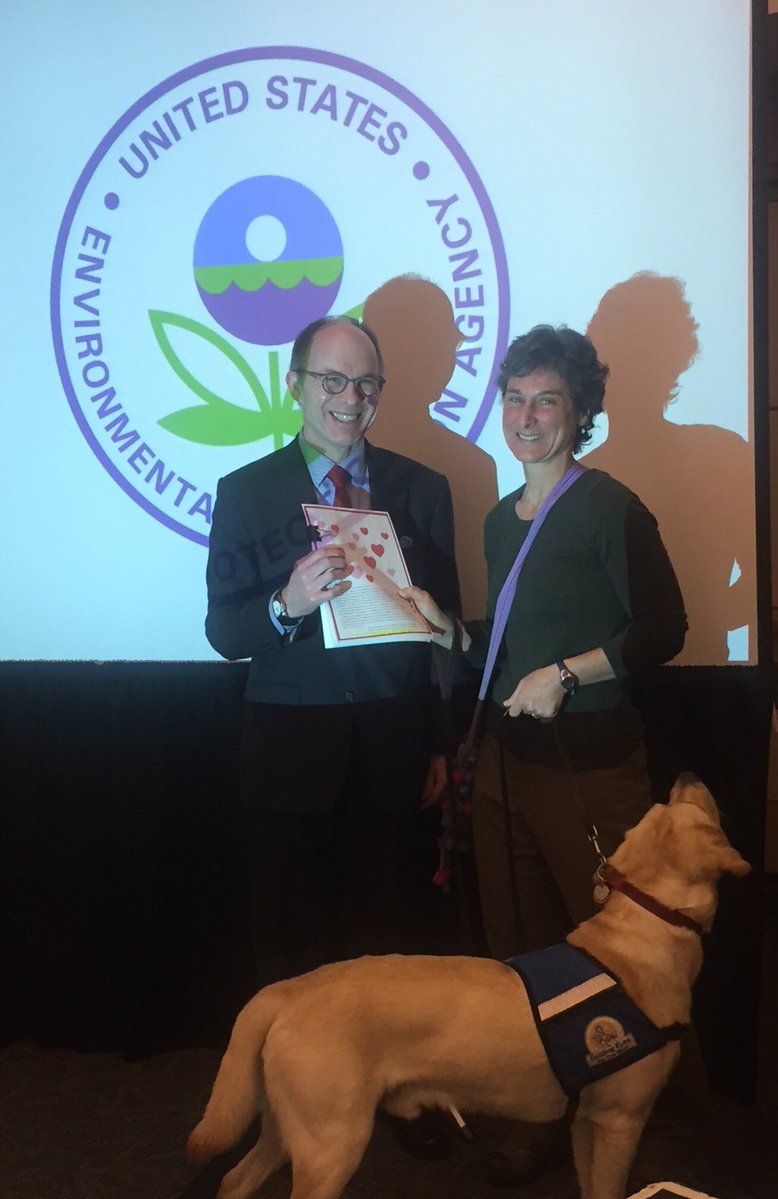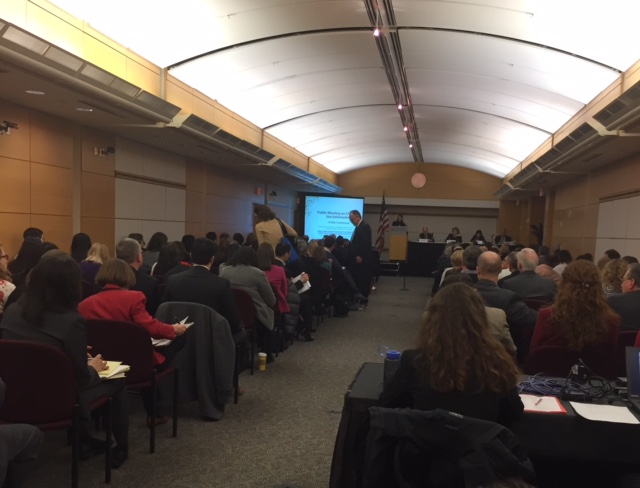Most Valentine’s Days come and go, with some more memorable than others.
I was in a meeting this week with a group of lawyers, lobbyists and EPA staff, where more than one speaker referred to “the big EPA Valentine’s Day meeting,” so I guess this was one of the memorable ones.
This year, a great group of public health advocates and chemical industry lobbyists were thanked for spending our Valentine’s Day talking about chemicals with the EPA staff.
In December, EPA named the first ten chemicals they will review and regulate under the Lautenberg Chemical Safety Act signed in June. The meeting was part of the process of identifying the “scope” of their review of those chemicals—which hazards, exposures, conditions of use, and “potentially exposed and susceptible subpopulations” will be included in its risk evaluation.
The stakes are high – What’s inside the scope will be subject to an “unreasonable risk” determination. What’s left outside will either be ignored by EPA or could be subject to a test order to develop more data on hazard and exposure if the public makes a big enough push.
On Valentine’s Day, EPA heard comments from worker, environmental, health affected, and consumer groups assembled in person and on the phone. I have to say that it was an impressive group!
Asbestos Disease Awareness Organization was well represented by founder Linda Reinstein and ADAO board member Brent Kynoch of the Environmental Information Association. Both presented compelling testimony for a long overdue ban on asbestos, with Linda dedicating her testimony to Lou Williams, who she calls a Mesothelioma Warrior.

Comments from Natural Resources Defense Council (NRDC) scientist Jennifer Sass about the health effects of the solvent chemicals under EPA review—methylene chloride (DCM), N-Methylpyrolidone (NMP), trichloroethylene (TCE) and perchloroethylene (PERC)—gave a real world sense of the multiple ways that the public is exposed to and harmed by these toxic chemicals.
Noting the exposures that workers take home on their skin, hair, and clothing, Jen urged that the EPA’s review include risk estimates for children and other family members. In the spirit of Valentine’s Day, Jen also presented greetings from Wisconsin-based Citizens for Safe Water Around Badger (CSWAB) that asked EPA to clean up and regulate heart-toxic chemicals like TCE.
Drawing sympathetic laughter from the (East Coast) room, Alaska Community Action on Toxics director Pam Miller noted that the meeting began at 5 am in Anchorage. She was up before dawn to talk about Hexabromocyclododecane (HBCD) and other persistent organic pollutants that are now “ubiquitous in northern and Arctic environments and found in marine fish, seabirds, ringed seals, beluga whales, and polar bears…. species that are vital for the physical, spiritual, and cultural sustenance as traditional foods of Indigenous peoples of the north and Arctic.”
Pam further urged EPA to “move forward expeditiously and with comprehensive considerations of aggregate exposures and concern for vulnerable populations of developing children, pregnant women, workers, those with chronic illnesses, and elders.”
Maureen Swanson, director of children’s environmental health for the Learning Disabilities Association of America, emphasized the importance of examining the potential effects on fetal and children’s brain development of the solvents that EPA has listed—1 bromopropane, methylene chloride, NMP, carbon tetrachloride, perchloroethylene and trichloroethylene—given the vulnerability of the developing brain to even low-level exposures to toxic chemicals.
Swanson urged EPA to “consider men and women of childbearing age as a vulnerable population in assessing the risks of these solvents, since both men’s and women’s exposures to toxic solvents are linked to lasting problems with brain development, cognition and behavior in their children.”
Noting that most of the chemicals in EPA’s first ten could be used in furnishings—in materials, manufacturing, and/or home use—Stephanie Schweickert from the North Carolina Conservation Network expressed support for strong regulations for these chemicals to protect vulnerable populations, workers, and families, all of whom may be using these chemicals in the workplace or exposed to them in their homes.
Jennifer Coleman, health outreach director from Oregon Environmental Council, made a strong case for EPA filling any data gaps, noting that “..lack of data is what gave rise to disclosure laws in Oregon and Washington and other states requiring manufacturers of children’s products to disclose the use of chemicals of concern.”
NRDC’s Daniel Rosenberg summed up the importance of the work ahead of EPA, saying that “(t)he next year, and the next four years, will coincide with when most of the crucial decisions will be made that lay the groundwork for implementation of the New TSCA and determine whether the revised program will truly protect public health.”
It is critical that we all remain vigilant and involved, to ensure that those decisions keep the health of our families and communities front and center.





